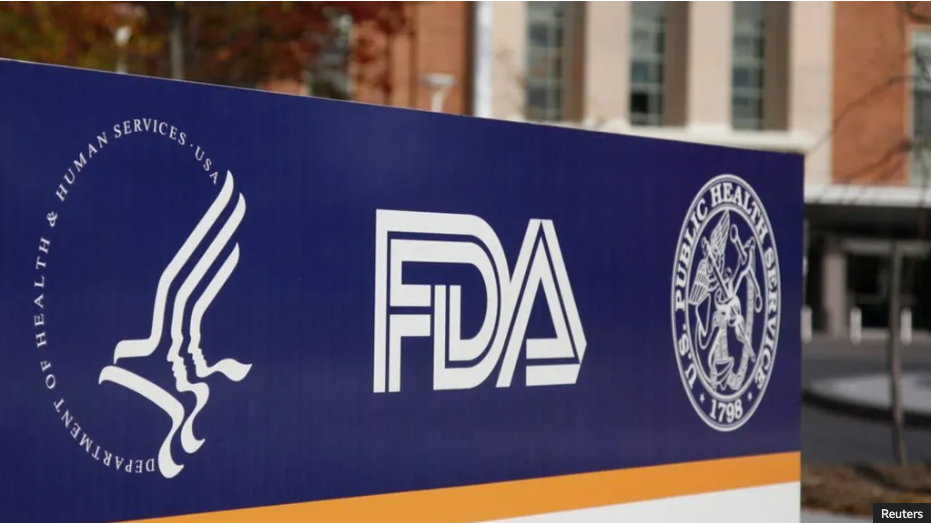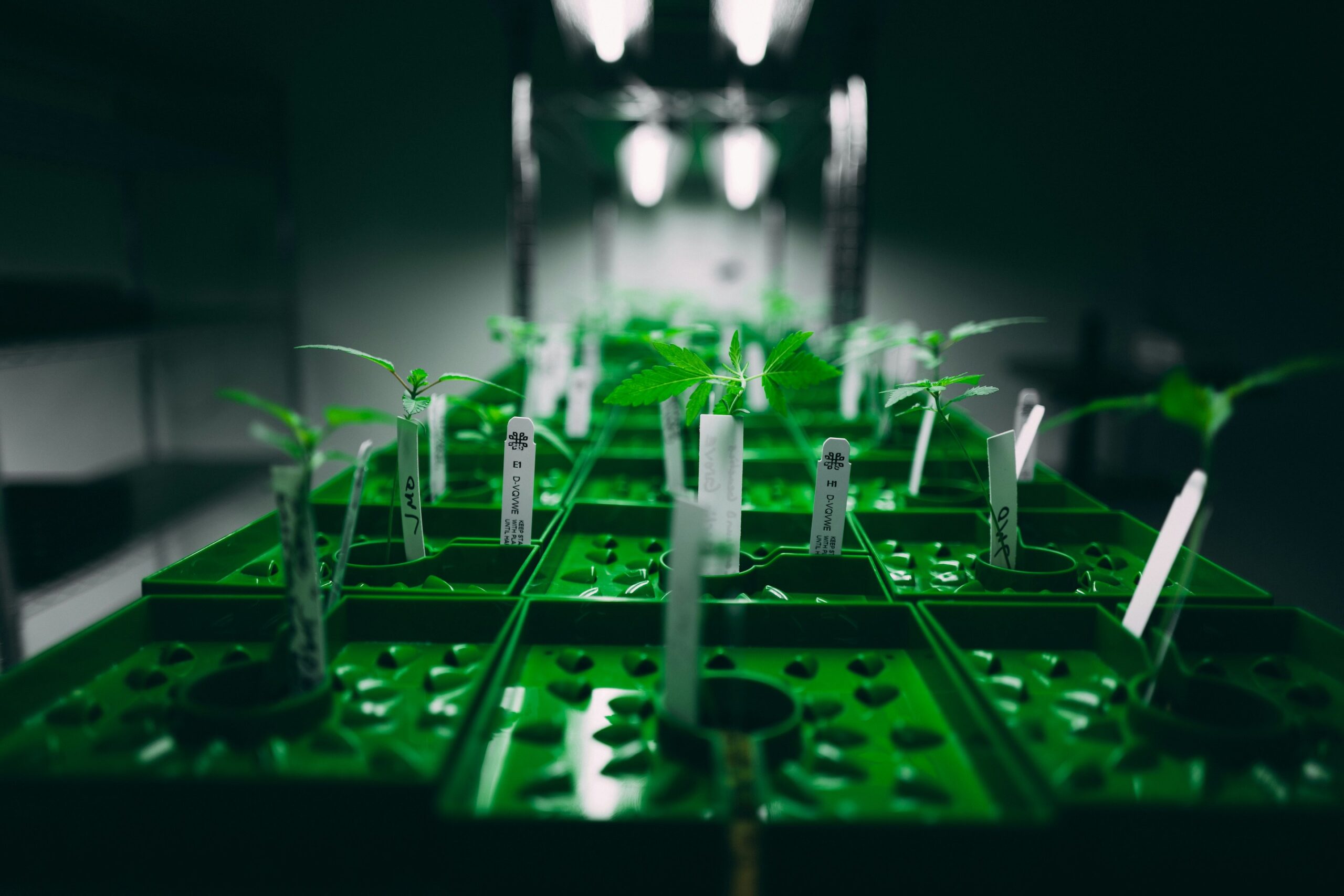March 18th-25th, 2022
Impact of ∆9-Tetrahydrocannabinol (∆9-THC)-Treated Oocytes and Embryonic Development
Recreational ∆9-THC doses can have a negative effect on oocyte maturation the early embryonic development, a new study suggests.
Oocyte maturation is a tightly regulated process involving a wide array of signaling and molecular pathways, which can be influenced by environmental factors such as alcohol and smoking. [1] Due to the increasing number of US states and countries legalizing cannabis for medical and recreational purposes, it is becoming apparent to understand its therapeutic potential but also any negative effects it may have on the reproductive system.
Previous studies have shown that cannabis use may be associated with low sperm count, and decreased sperm motility while a recent animal study demonstrated that intense, short-term exposure to cannabis vapor can impact sperm counts in two generations of mice. [2],[3] However, there is a lack of conclusive evidence linking different ∆9-THC doses on fertility and early embryonic development.
A group of researchers at the University of Guelph, Canada aimed to determine the effect of ∆9-THC on oocyte maturation and the subsequent early embryonic development. [4] As such, they exposed bovine cumulus oocyte complexes (COCs) to different ∆9-THC concentrations ranging from therapeutic/low (0.032 µM) to recreational/mid (0.32 µM) to recreational/high (3.2 µM) and compared them to non-treated COCs.
They found that oocytes treated with 0.32 µM and 3.2 µM ∆9-THC had lower oocyte maturation rate and cleavage rates while blastocysts (structure formed in the early development of mammals) displayed an increased level of apoptosis (cell death) at these concentrations. Ultimately, this led to decreased oocyte fertilization capability and poor embryonic development, resulting in lower overall fertility. Cleavage rate was similar to the control group when a cannabinoid receptor antagonist to cannabinoid receptors 1 and 2 were added in combination with 3.2 µM ∆9-THC.
The authors concluded: “This study provides evidence for the negative effects of THC on the female reproductive system, and specifically on the intricate processes involved in oocyte maturation and early preimplantation development… Our findings suggest a possible disruptive effect of cannabis on oocyte maturation and early embryonic development.”
Opening of Michigan’s First Cannabis Lounge
It becomes the 7th US state to open these cannabis consumption lounges.
Similar to going to a bar or smoke lounge, cannabis consumers will now have the opportunity to go to a cannabis consumption lounge in Michigan. This lounge is called HotBox Social and is owned by Trucenta, an integrated Michigan cannabis company, dedicated to quality cultivation, processing, wholesale and retail. [5] However, individuals will not be able to bring their own cannabis but rather will have to consume what is being provided by the lounge. Along those lines, it will not sell cannabis there, but rather will accept deliveries from cannabis dispensaries in the area.
It will also plan on helping new cannabis consumers by lowering the recommended FDA concentration as an initial dose. Nowfal Akash, Chief Information Officer at Trucenta said: “The FDA has a certain recommendation about 5mg as an initial dose. We want to cut that in half and probably float around the 2-2.5mg range for a first timer just to be safe.”
This lounge will be open for private events as of now but will plan to allow the public later in the year. [6]
Medical cannabis and recreational cannabis were legalized in 2008 and 2018, respectively in Michigan. [7],[8]
Understanding some of the Pharmacological Properties of Cannabichromene (CBC) and Cannabichromenic Acid (CBCA)
CBCA and CBC have different substrate properties on ATP-binding cassette (ABC) transporters.
The cannabis plant is composed of many different phytocannabinoids but ∆9-tetrahydrocannabinol (∆9-THC) and cannabidiol (CBD) are the most abundant and studied. The 3rd most abundant cannabinoid in the plant is cannabichromene (CBC), synthesized enzymatically by the plant from cannabichromenic acid (CBCA). [9]
CBC is a non-psychotropic cannabinoid known to activate cannabinoid receptor 2 (CB2R) and the transient receptor potential vanilloid (TRPV) channels. [10],[11]
Previous studies have shown that CBC may have therapeutic applications, acting as an anti-inflammatory, anti-depressant agents with potential anti-cancer properties. [12],[13],[14] However, little is known about the pharmacological downstream effects of CBC and CBCA, specifically about the most-studied ATP-binding cassette (ABC) transporters, ABC subfamily G member 2 (ABGC2) and ABC subfamily B member 1 (ABCB1), known to play key roles in transporting molecules across the membrane.
A group of researchers at the University of Sydney aimed to investigate whether CBC and CBCA can be classified as substrates or inhibitors of ABGC2 and ABCB1 using a wide array of in vitro experimental assays. [15]
They found that CBCA was a substrate for ABCB1 contrary to CBC which did not have substrate properties for either ABCB1 or ABGC2.
The authors concluded: “The findings of the present study improve our understanding of the basic pharmacology of phytocannabinoids, which are subject to increasing interest with the rise of medicinal cannabis around the world.”
Delays in New Jersey Recreational Cannabis Sales
New Jersey regulators said this is due to the lack of adequate recreational cannabis products
Against all odds, New Jersey regulators voted a motion to hold off the opening of cannabis dispensaries for recreational purposes. However, they did approve a cohort of 68 cannabis growers and manufacturers to help boost production and inclination towards recreational market. Interestingly, half of the companies approved have majority black ownership.
Despite legalizing adult use in February 2021, the Garden State has yet to open dispensaries for recreational uses, but rather focused on medical cannabis sales.
The committee is confident New Jersey will move towards implementation of recreational cannabis dispensaries in a near future. Jeff Brown, executive director of the New Jersey’s Cannabis Regulatory Commission said: “We are confident in our ability to collaborate to fix these issues and work together to get this market off the ground quickly.” [16]
References
[1] de Angelis C, Nardone A, Garifalos F, et al. Smoke, alcohol and drug addiction and female fertility. Reprod Biol Endocrinol 2020;18(1):21. DOI: 10.1186/s12958-020-0567-7.
[2] Gundersen TD, Jorgensen N, Andersson AM, et al. Association Between Use of Marijuana and Male Reproductive Hormones and Semen Quality: A Study Among 1,215 Healthy Young Men. Am J Epidemiol 2015;182(6):473-81. DOI: 10.1093/aje/kwv135.
[3] Shi M, Langholt EM, Butler LC, et al. Vapor Cannabis Exposure Generationally Affects Male Reproductive Functions in Mice. Toxicol Sci 2022;185(2):128-142. DOI: 10.1093/toxsci/kfab137
[4] Misner MJ, Taborek A, Dufour J, Sharifi L, Khokhar JY, Favetta LA. Effects of Delta-9 Tetrahydrocannabinol (THC) on Oocyte Competence and Early Embryonic Development. Front Toxicol 2021;3:647918. DOI: 10.3389/ftox.2021.647918
[5] https://www.trucenta.com/our-story/, assessed March 24, 2022
[6] https://www.wxyz.com/news/what-to-know-about-michigans-first-ever-cannabis-consumption-lounge, assessed March 24, 2022
[7] http://www.legislature.mi.gov/(S(gzaiw4fpinojasfbxqok5gl3))/mileg.aspx?page=getobject&objectname=mcl-Initiated-Law-1-of-2008&query=on&highlight=marihuana, assessed March 24, 2022
[8] https://www.mpp.org/states/michigan/michigans-adult-use-marijuana-regulation-law/, assessed March 24, 2022
[9] Izzo AA, Borrelli F, Capasso R, Di Marzo V, Mechoulam R. Non-psychotropic plant cannabinoids: new therapeutic opportunities from an ancient herb. Trends Pharmacol Sci 2009;30(10):515-27. DOI: 10.1016/j.tips.2009.07.006
[10] Udoh M, Santiago M, Devenish S, McGregor IS, Connor M. Cannabichromene is a cannabinoid CB2 receptor agonist. Br J Pharmacol 2019;176(23):4537-4547. DOI: 10.1111/bph.14815.
[11] De Petrocellis L, Vellani V, Schiano-Moriello A, et al. Plant-derived cannabinoids modulate the activity of transient receptor potential channels of ankyrin type-1 and melastatin type-8. J Pharmacol Exp Ther 2008;325(3):1007-15. DOI: 10.1124/jpet.107.134809.
[12] Izzo AA, Capasso R, Aviello G, et al. Inhibitory effect of cannabichromene, a major non-psychotropic cannabinoid extracted from Cannabis sativa, on inflammation-induced hypermotility in mice. Br J Pharmacol 2012;166(4):1444-60. DOI: 10.1111/j.1476-5381.2012.01879.x.
[13] Anis O, Vinayaka AC, Shalev N, et al. Cannabis-Derived Compounds Cannabichromene and Delta9-Tetrahydrocannabinol Interact and Exhibit Cytotoxic Activity against Urothelial Cell Carcinoma Correlated with Inhibition of Cell Migration and Cytoskeleton Organization. Molecules 2021;26(2). DOI: 10.3390/molecules26020465.
[14] El-Alfy AT, Ivey K, Robinson K, et al. Antidepressant-like effect of delta9-tetrahydrocannabinol and other cannabinoids isolated from Cannabis sativa L. Pharmacol Biochem Behav 2010;95(4):434-42. DOI: 10.1016/j.pbb.2010.03.004.
[15] Etchart MG, Anderson LL, Ametovski A, et al. In vitro evaluation of the interaction of the cannabis constituents cannabichromene and cannabichromenic acid with ABCG2 and ABCB1. Eur J Pharmacol 2022:174836. DOI: 10.1016/j.ejphar.2022.174836
[16] https://gothamist.com/news/nj-delays-sales-of-recreational-cannabis-again-but-approves-first-batch-of-companies, assessed on March 24, 2022






